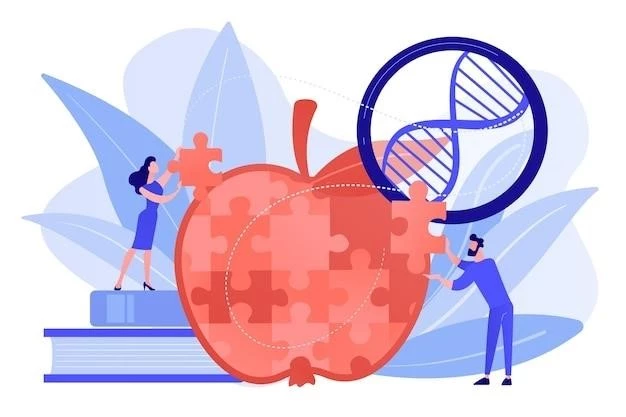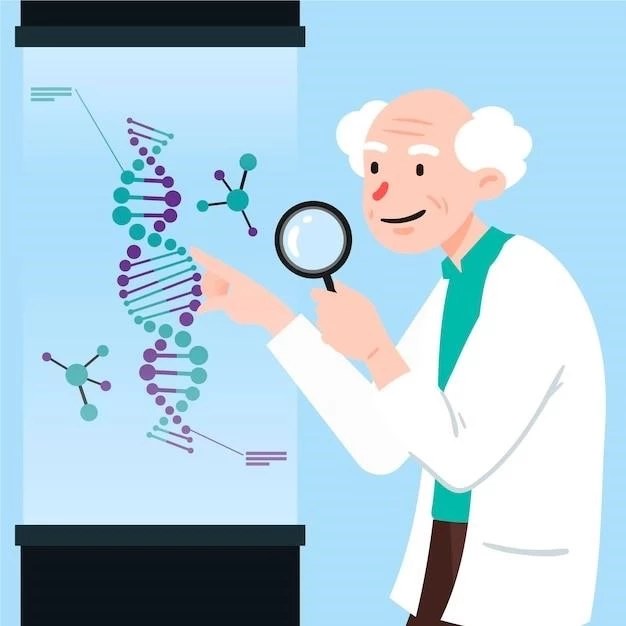Introduction to MIDAS Syndrome
MIDAS syndrome (Microphthalmia, Dermal Aplasia, and Sclerocornea), also known as microphthalmia with linear skin defects syndrome, is a rare genetic condition characterized by ocular defects and skin dysplasia. Learn about its unique features and clinical manifestations.
What is MIDAS Syndrome?
MIDAS syndrome is a rare genetic condition characterized by ocular defects like microphthalmia and skin dysplasia, typically affecting females. The syndrome is also known as microphthalmia with linear skin defects syndrome.
Clinical Presentation of MIDAS Syndrome
MIDAS syndrome presents with ocular defects like microphthalmia, orbital cysts, corneal opacities, and skin dysplasia affecting the head, neck, and chin. Understanding the clinical manifestations is crucial for early recognition and management.
Ocular Defects
Individuals with MIDAS syndrome commonly present with microphthalmia, orbital cysts, corneal opacities, and other ocular abnormalities. Early detection and comprehensive evaluation of these defects are crucial for appropriate management and care.
Skin Dysplasia
MIDAS syndrome is characterized by unique skin dysplasia, often presenting as linear markings on the head, neck, and chin. Understanding the skin manifestations is crucial in diagnosing and managing this genetic condition effectively. Early recognition of these skin changes can lead to appropriate care and support for individuals affected by MIDAS syndrome.
Genetic and Clinical Features
Gain insights into MIDAS syndrome, a rare genetic condition characterized by ocular defects (microphthalmia, orbital cysts, corneal opacities) and skin dysplasia. Understand its unique genetic inheritance patterns and clinical manifestations.
X-Linked Dominant Inheritance
MIDAS syndrome exhibits an X-linked dominant pattern of inheritance, primarily affecting females. While primarily attributed to the X chromosome, rare cases involving Y chromosome translocations have also been reported. Understanding the genetic basis is crucial for diagnosing and managing this rare condition effectively.
Association with Other Conditions
MIDAS syndrome is linked with microphthalmia and linear skin defects, distinguishing it from other conditions like focal dermal hypoplasia. Recognizing these associations aids in accurate diagnosis and appropriate management of affected individuals.

Diagnosis and Differential Diagnosis
Diagnosing MIDAS syndrome involves recognizing ocular defects like microphthalmia, corneal opacities, and skin dysplasia. Genetic testing plays a vital role in confirming the diagnosis and distinguishing this condition from other syndromes with similar features. Early detection and accurate differential diagnosis are essential for appropriate management and intervention;
Genetic Testing
Genetic testing plays a crucial role in confirming a diagnosis of MIDAS syndrome. By analyzing genetic markers associated with this rare condition, healthcare providers can accurately identify affected individuals and differentiate MIDAS syndrome from other similar syndromes. Early and precise genetic testing can lead to appropriate management strategies and support for patients with this genetic disorder.
Distinguishing from Similar Syndromes
It is important to differentiate MIDAS syndrome from other conditions like focal dermal hypoplasia to ensure accurate diagnosis and appropriate management. Understanding the distinct clinical and genetic characteristics of MIDAS syndrome will guide healthcare providers in providing targeted care for affected individuals.
Management and Treatment
Management of MIDAS syndrome involves a multidisciplinary approach addressing ocular defects, skin dysplasia, and associated complications. Supportive care focusing on individual needs is essential in optimizing the quality of life for those affected by this rare genetic condition.
Multidisciplinary Approach
Managing MIDAS syndrome requires a collaborative approach involving various healthcare professionals to address ocular defects, skin dysplasia, and other associated complications comprehensively. Coordinating care among specialists ensures a holistic treatment plan tailored to the individual needs of patients with this rare genetic condition.
Supportive Care
Supportive care plays a significant role in managing MIDAS syndrome, addressing the physical and emotional needs of individuals affected by this rare genetic condition. Providing specialized assistance, counseling, and resources can enhance the quality of life for patients and their families facing the challenges associated with MIDAS syndrome.
Research and Studies
Stay informed about the latest findings and ongoing research on MIDAS syndrome. Learn about advancements, clinical trials, and patient organizations dedicated to supporting individuals affected by this rare genetic condition.
Recent Findings
Recent studies have shed light on the genetic and clinical characteristics of MIDAS syndrome, highlighting the importance of early diagnosis and multidisciplinary management. Stay informed about the latest research findings, advancements in treatment strategies, and emerging insights into this rare genetic condition.
Clinical Trials and Patient Organizations
Explore participation in clinical trials for MIDAS syndrome through resources like ClinicalTrials.gov, which provide information on ongoing research studies. Patient organizations play a vital role in connecting individuals with support, resources, and opportunities for involvement in the research community. Stay informed and consider contributing to advancements in the understanding and treatment of this rare genetic condition.

Prognosis and Complications
Understanding the prognosis and potential complications of MIDAS syndrome is vital for effective management and care. Stay informed about the long-term outlook and potential challenges associated with this rare genetic condition to provide optimal support and treatment for affected individuals.
Potential Complications
Understanding the potential complications associated with MIDAS syndrome is crucial for long-term management. These may include ocular abnormalities, skin dysplasia, and other systemic issues. As each individual’s case can vary, early detection and comprehensive care are essential to address and minimize the impact of these complications.
Long-Term Outlook
Understanding the long-term outlook for individuals with MIDAS syndrome is essential for providing ongoing support and care. Monitoring potential complications, addressing individual needs, and staying informed about advancements in management strategies can help improve the quality of life for those living with this rare genetic condition.
Patient Resources and Support
Access patient organizations for information and support related to MIDAS syndrome. Learn about how these organizations can provide valuable resources, connect you with a community, and offer assistance in navigating the challenges associated with this rare genetic condition.
Connecting with Patient Organizations
Engage with patient organizations specializing in MIDAS syndrome to access valuable support, resources, and information. These organizations can offer assistance in navigating diagnosis, treatment options, and connecting with a community of individuals and families affected by this rare genetic condition. Take advantage of the support networks and advocacy provided by these organizations to enhance your journey with MIDAS syndrome.
Online Research Platforms
Utilize online research platforms like ClinicalTrials.gov to explore clinical trials related to MIDAS syndrome and access current information on research studies. Engaging with these platforms can offer valuable insights and opportunities to contribute to advancements in the understanding and management of this rare genetic condition.
Conclusion
In conclusion, MIDAS syndrome is a rare genetic condition characterized by unique ocular defects and skin dysplasia. By staying informed about the latest research, connecting with patient organizations, and accessing online resources, individuals affected by MIDAS syndrome can enhance their understanding, receive support, and contribute to the advancement of knowledge in managing this condition. With multidisciplinary management and ongoing care, it is possible to navigate the challenges associated with MIDAS syndrome and improve the quality of life for those impacted by this genetic disorder.
